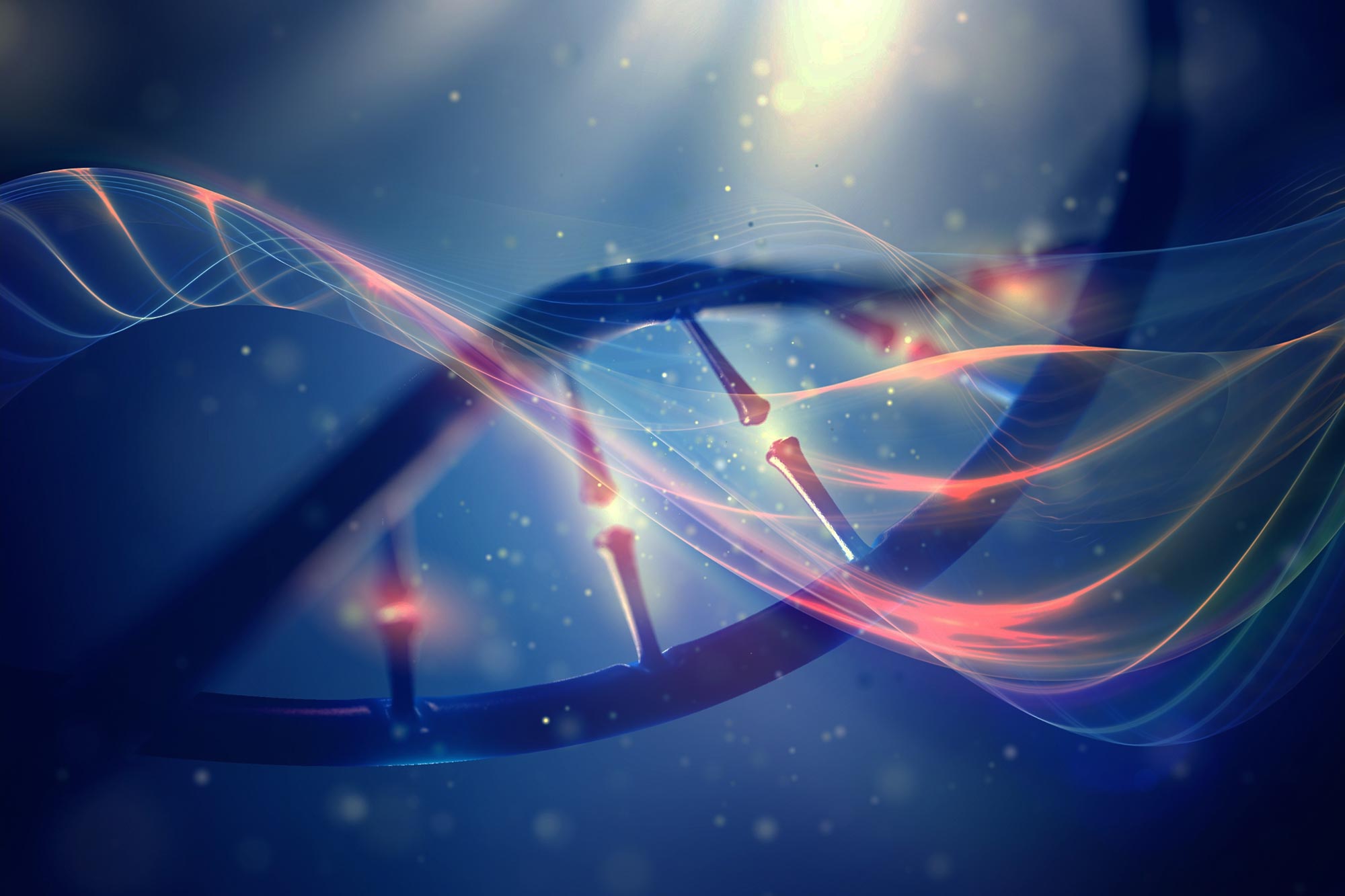
Pesquisadores descobriram que organismos de vida longa geralmente apresentam alta expressão de genes envolvidos no reparo do DNA, transporte de RNA e regulação do esqueleto celular, e baixa expressão de genes envolvidos na inflamação e no consumo de energia.
Pesquisadores da Universidade de Rochester interessados na genética da longevidade propõem novos alvos para distúrbios antienvelhecimento e relacionados à idade.
Mamíferos envelhecendo em taxas muito diferentes foram criados pela seleção natural. Por exemplo, ratos-toupeira-pelados podem viver até 41 anos, que é 10 vezes a vida útil de ratos e outros roedores de tamanho semelhante.
O que causa a longevidade? Um elemento crucial do quebra-cabeça, de acordo com um estudo recente de biólogos da Universidade de Rochester, É encontrado nos mecanismos que controlam a expressão gênica.
Vera Gorbunova, Doris Jones Cherry Professora de Biologia e Medicina, Andrei Siluanov, primeiro autor da publicação, Jinlong Lu, pesquisador de pós-doutorado no laboratório de Gorbunova, e outros pesquisadores analisaram genes relacionados à longevidade em um artigo recentemente publicado em metabolismo celular.
Suas descobertas indicaram que dois mecanismos reguladores que governam a expressão gênica, conhecidos como redes circadianas e redes pluripotentes, são essenciais para a longevidade. As descobertas são importantes para entender como a longevidade surge, bem como para fornecer novos alvos para distúrbios antienvelhecimento e relacionados à idade.

Ao comparar os padrões de expressão gênica de 26 espécies com idades variadas, os biólogos da Universidade de Rochester descobriram que as propriedades de diferentes genes eram controladas por redes circadianas, ou redes de pluripotência. Crédito: Ilustração da Universidade de Rochester / Julia Joshby
Comparando genes de longevidade
Com idades máximas variando de 2 anos (musaranhos) a 41 anos (ratos-toupeira nus), os pesquisadores analisaram os padrões de expressão gênica de 26 espécies de mamíferos. Eles descobriram milhares de genes que estavam associados positiva ou negativamente à longevidade e ligados ao tempo de vida máximo da espécie.
Eles descobriram que as espécies de vida longa tendem a ter menor expressão de genes envolvidos no metabolismo energético e na inflamação. e alta expressão de genes envolvidos[{” attribute=””>DNA repair, RNA transport, and organization of cellular skeleton (or microtubules). Previous research by Gorbunova and Seluanov has shown that features such as more efficient DNA repair and a weaker inflammatory response are characteristic of mammals with long lifespans.
The opposite was true for short-lived species, which tended to have high expression of genes involved in energy metabolism and inflammation and low expression of genes involved in DNA repair, RNA transport, and microtubule organization.
Two pillars of longevity
When the researchers analyzed the mechanisms that regulate the expression of these genes, they found two major systems at play. The negative lifespan genes—those involved in energy metabolism and inflammation—are controlled by circadian networks. That is, their expression is limited to a particular time of day, which may help limit the overall expression of the genes in long-lived species.
This means we can exercise at least some control over the negative lifespan genes.
“To live longer, we have to maintain healthy sleep schedules and avoid exposure to light at night as it may increase the expression of the negative lifespan genes,” Gorbunova says.
On the other hand, positive lifespan genes—those involved in DNA repair, RNA transport, and microtubules—are controlled by what is called the pluripotency network. The pluripotency network is involved in reprogramming somatic cells—any cells that are not reproductive cells—into embryonic cells, which can more readily rejuvenate and regenerate, by repackaging DNA that becomes disorganized as we age.
“We discovered that evolution has activated the pluripotency network to achieve a longer lifespan,” Gorbunova says.
The pluripotency network and its relationship to positive lifespan genes is, therefore “an important finding for understanding how longevity evolves,” Seluanov says. “Furthermore, it can pave the way for new antiaging interventions that activate the key positive lifespan genes. We would expect that successful antiaging interventions would include increasing the expression of the positive lifespan genes and decreasing the expression of negative lifespan genes.”
Reference: “Comparative transcriptomics reveals circadian and pluripotency networks as two pillars of longevity regulation” by J. Yuyang Lu, Matthew Simon, Yang Zhao, Julia Ablaeva, Nancy Corson, Yongwook Choi, KayLene Y.H. Yamada, Nicholas J. Schork, Wendy R. Hood, Geoffrey E. Hill, Richard A. Miller, Andrei Seluanov and Vera Gorbunova, 16 May 2022, Cell Metabolism.
DOI: 10.1016/j.cmet.2022.04.011
The study was funded by the National Institute on Aging.

“Aficionado por música. Jogador. Praticante de álcool. Leitor profissional. Estudioso da web.”

